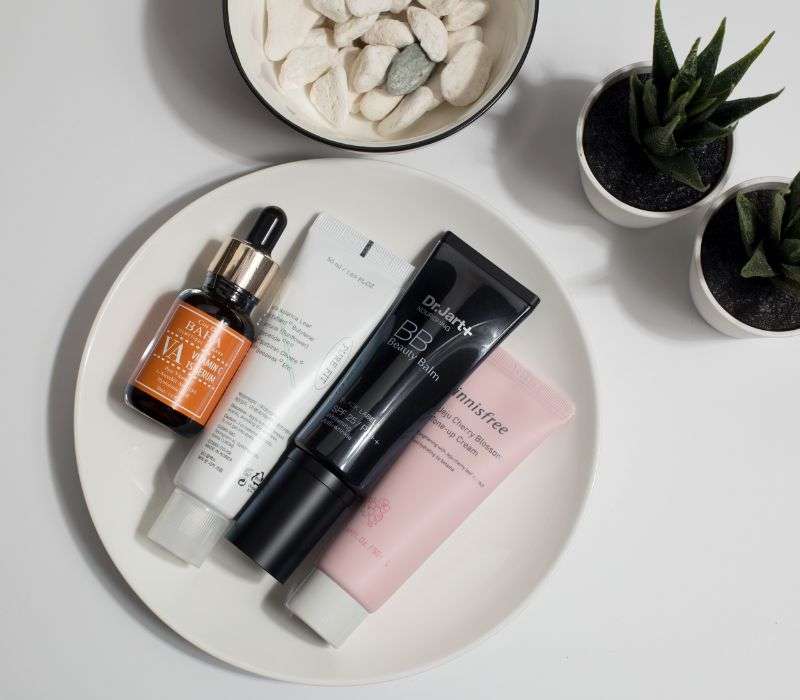

Mar 14,2024
In recent years, the cosmetics industry has experienced a sweet revolution. With a growing emphasis on sustainability and eco-consciousness, brands are turning to innovative packaging solutions that protect their products and reduce their environmental footprint. One such solution gaining significant popularity is sugar cane packaging for cosmetics.
Sugar cane, a natural and renewable resource, offers a multitude of benefits when it comes to packaging beauty products. Its eco-friendly nature, versatility, and sleek aesthetic make it an attractive choice for brands looking to make a positive impact while captivating their customers.
In this blog post, we will explore the world of sugar cane packaging for cosmetics, its advantages and disadvantages, and the process involved in creating these sustainable cosmetic tubes.
Regarding sustainable packaging, sugar cane has emerged as a star player in the beauty industry. Let's take a closer look at the advantages it offers:
Sugar cane is a renewable resource that grows abundantly, making it an eco-friendly alternative to conventional packaging materials.
By using sugar cane packaging, brands can significantly reduce their carbon footprint and contribute to preserving the environment.
As a biodegradable material, sugar cane packaging ensures discarded tubes naturally decompose, minimizing waste and pollution.
Sugar cane packaging is highly versatile and can be used for various cosmetic products, including makeup, skincare, food items, and beverages.
The sleek and modern aesthetic of sugar cane cosmetic tubes adds a touch of elegance and uniqueness to the brand's product lineup.
The smooth surface of sugar cane tubes provides an ideal canvas for printing, labeling, and branding, allowing companies to showcase their creativity and attract customers.
Sugar cane packaging is lightweight, making it an ideal option for shipping and storing products without adding unnecessary bulk or weight.
Its convenient and user-friendly design, such as squeeze tubes, offers easy product dispensing and ensures a hassle-free consumer experience.
While sugar cane packaging offers numerous advantages, it's essential to consider the potential drawbacks associated with this eco-friendly option:
The cost of sugar cane can be relatively higher than traditional packaging materials, posing financial challenges for some brands, especially smaller ones.
However, it's important to note that as the demand for sugar cane packaging increases, economies of scale may make it more affordable.
Sugar cane packaging may not be as durable as plastic, making it less suitable for products requiring extensive shipping and handling.
Over an extended period, sugar cane can degrade naturally, which may affect its suitability for long-term storage.
Now that we understand the advantages and disadvantages of sugar cane packaging, let's explore the process involved in creating these sustainable cosmetic tubes:
The first step is to find a reliable producer of sugar cane pulp, which can be done through online research or direct contact with suppliers.
Ensuring that the sugar cane pulp is derived from sustainable and responsibly sourced sugar cane is crucial.
The sugar cane pulp is soaked in water to soften it, then blended into a smooth paste, ready for tube production.
This process ensures that the sugar cane pulp is pliable and can be molded or shaped into cosmetic tubes.
There are various methods to create sugar cane cosmetic tubes. One popular approach uses moldable tube materials like silicone or plastic, where the sugar cane paste is injected or formed into the desired tube shape.
Another method involves rolling the sugar cane paste into thin sheets, cutting out circles that serve as the base of the tube, and then forming and sealing them.
Ensuring smooth edges and a flawless finish is crucial before filling the sugar cane cosmetic tubes with products.
The cosmetic tubes can be sealed with lids or caps, ready to be filled with beautiful treasures.
Sugar cane packaging for cosmetics represents a significant step forward in the beauty industry's quest for sustainability. With its eco-friendly nature, versatility, and sleek aesthetic, sugar cane offers brands a remarkable opportunity to make a positive impact while captivating their customers.
While there are considerations to keep in mind, such as cost and durability, the advantages of sugar cane packaging, including its sustainability, versatility, and aesthetic appeal, make it a compelling choice for brands seeking to grow while remaining environmentally responsible.
Q1: Are sugar cane cosmetic tubes suitable for all cosmetic products?
A1: Absolutely! Sugar cane packaging is versatile and can be used for various beauty products, including makeup, skincare, food items, and beverages.
Q2: Are sugar cane cosmetic tubes recyclable?
A2: One remarkable advantage of sugar cane packaging is its recyclability. The tubes can be recycled after use, reducing waste and promoting a circular economy.
Q3: Can sugar cane packaging compete with traditional materials like plastic regarding durability?
A3: While sugar cane packaging offers many benefits, it may not be as durable as plastic, especially for products undergoing extensive shipping and handling.
Q4: How can I incorporate sugar cane packaging into my brand's sustainability efforts?
A4: By choosing sugar cane packaging for your cosmetic products, you can showcase your commitment to sustainability, reduce your carbon footprint, and resonate with eco-conscious consumers.